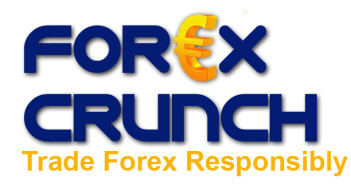In recent days the EURUSD exchange rate has fallen owing to reports from Spain that investors stayed away at its recent bond auction, and concerns that credit rating agency Moody’s could downgrade Spanish debt. The EU summit today though is intended to address these concerns and assure the markets that Spain (among other EMU nations) is solvent.
So what can we expect?Guest post by Peter Lavelle
The most extreme possibility is that EU leaders will agree to collectivise EMU debt (creating E-bonds.) This would take the pressure off individual members of the euro and put the obligation onto a central European financial authority. This is unlikely because:
(1) It would involve transferring power to a central EU authority and turn the EMU from a monetary union into a pseudo-political union.
(2) Germany would be responsible for the collectivised debt as the chief contributor to any new EMU institution, and Germany doesn’t want this responsibility.
The more likely possibility is that EU leaders will agree to make the existing support mechanism (the EFSF) for indebted nations permanent. This is attractive because it keeps closely to the status quo (the relations between EMU members remain the same) yet assures the markets that Spain and other indebted nations will not be abandoned.
Of course the tougher question is whether the markets will consider this an adequate solution. Possible objections include:
(1) It doesn’t expand the size of the EFSF bailout fund (arguably necessary since Spain could bankrupt the fund if it requests help.)
(2) It places responsibility on individual EMU members to repair their own finances. This is a long term process and unlikely to sooth investors looking for short term assurance.
However until the Summit closes we won’t know the market reaction, nor the direction the euro takes. Stay tuned!
By Peter Lavelle with Peter Lavelle specialist Pure FX.
Want to see what other traders are doing in real accounts? Check out Currensee. It’s free..
